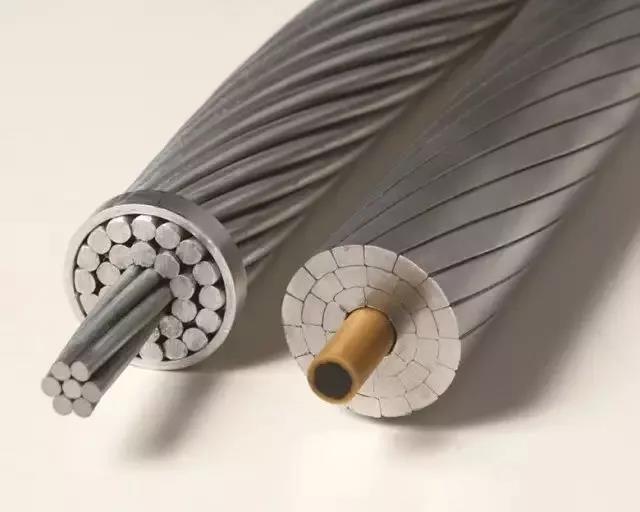
Carbon fiber composite core wire (ACCC) is a new type of wire for overhead transmission lines.
It is light in weight, resistant to pulling, good in thermal stability, small in sag, strong in flow per unit area, and corrosion resistant.
It is especially suitable for the use environment where the company's resident coastal and mining areas have high corrosion intensity, high pollution intensity, and easy wire dancing.
It can meet the requirements of building a resource-saving and environment-friendly power grid and has a good application prospect in transmission lines in county-level power grids.
ACCC carbon fiber composite wire is the ideal replacement for traditional steel core aluminum hinge wire, aluminum-clad steel wire, aluminum alloy wire, and imported Invar wire.
The heat resistance is good, and the current carrying capacity is twice that of the conventional steel core aluminum stranded wire.
The new line can be re-erected without rebuilding the pole or tower. The cross-sectional area of the aluminum wire in the carbon fiber composite core aluminum stranded wire is 29% larger than that of the steel core aluminum stranded wire.
The ACCC wire can operate effectively at a high temperature of 200 ° C, while the conventional steel core aluminum stranded wire (ACSR wire) is used at a temperature of 100 ° C.
Therefore, especially in the event of a heavy snowstorm, by increasing the current carrying capacity of the transmission line, the operating temperature of the wire is increased, and the snow and ice covered on the power transmission line are melted, thereby maximally protecting the power transmission line from the influence of ice and snow.
The tensile strength of ordinary steel wire is 1240MPa~1410MPa, and the carbon fiber mixed curing core rod of ACCC wire is twice as much as the former.
Therefore, when the power transmission line is covered with ice, it can withstand twice the weight of the ordinary wire, which greatly increases the load capacity of the wire.
Since the ACCC wire does not have the magnetic loss and thermal effects caused by the wire material, and has a lower operating temperature under the condition of delivering the same load, the transmission loss can be reduced by about 6%.
Compared with the ACSR wire, the ACCC wire has a significantly low sag characteristic.
Under high-temperature conditions, the sag is less than 1/2 of the steel core aluminum stranded wire, which can effectively reduce the insulation space corridor of the overhead line and improve the safety of the wire operation.
The specific gravity of the ACCC wire is about 1/4 of that of steel.
At the same outer diameter, the aluminum cross-sectional area of the ACCC is 1.29 times that of a conventional ACSR wire.
The ACCC wire weights unit length that is 10 to 20% lighter than conventional ACSR wires, indicating the advantage of the light weight of the ACCC wire. The reduction of its weight increases its carrying capacity in ice and snow.
Corrosion resistant, the service life is 2 times higher than ordinary wires.
The carbon fiber composite material is compatible with the environment and avoids the problem of galvanic corrosion between the aluminum wire and the galvanized steel wire when the conductor is energized, effectively delaying the aging of the wire, and the service life is twice as high as that of the ordinary wire.
The same capacity line investment cost is lower than ordinary wires.
Due to the double capacity of ACCC wire, high tensile strength, small sag, lightweight, etc., the span between poles and towers can be increased, the height can be reduced, the tower can be reduced by 20%, and the land can be saved. Line costs are lower than ordinary wires.
According to the annual consumption of 2 million tons of aluminum power circuits, it can save nearly 1 million tons of aluminum. It is of epoch-making significance in terms of protecting the environment and improving the human ecological environment.